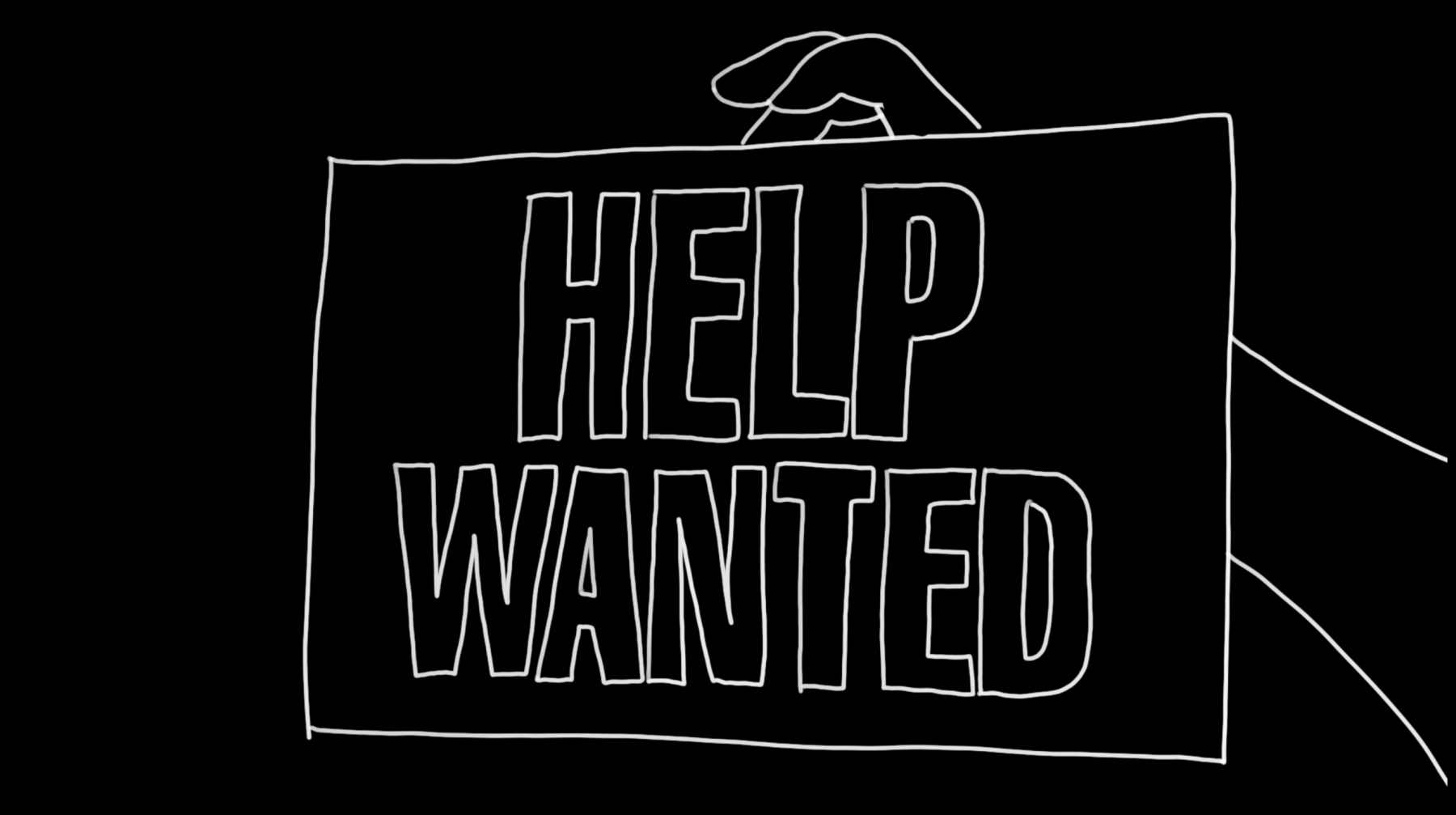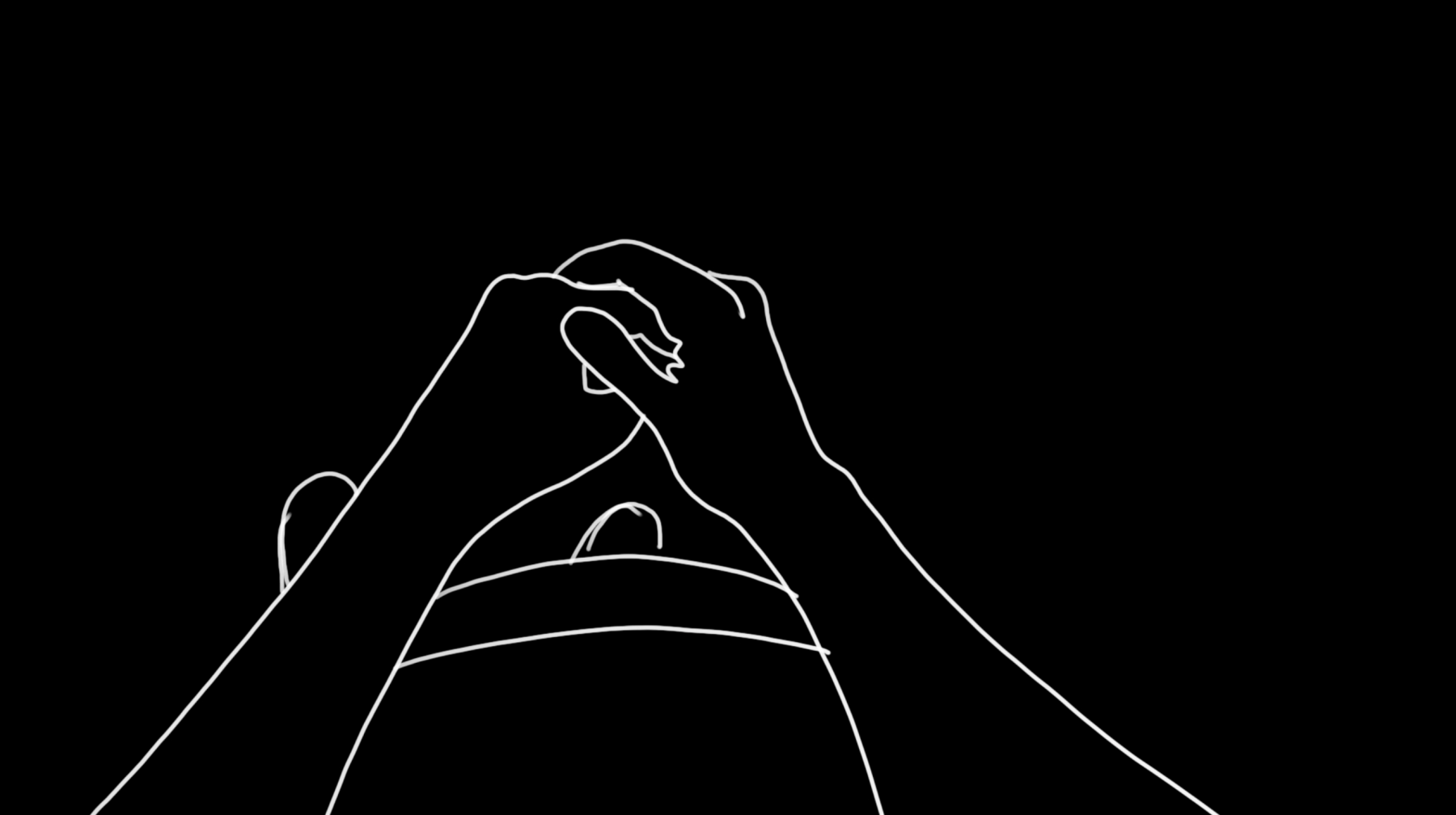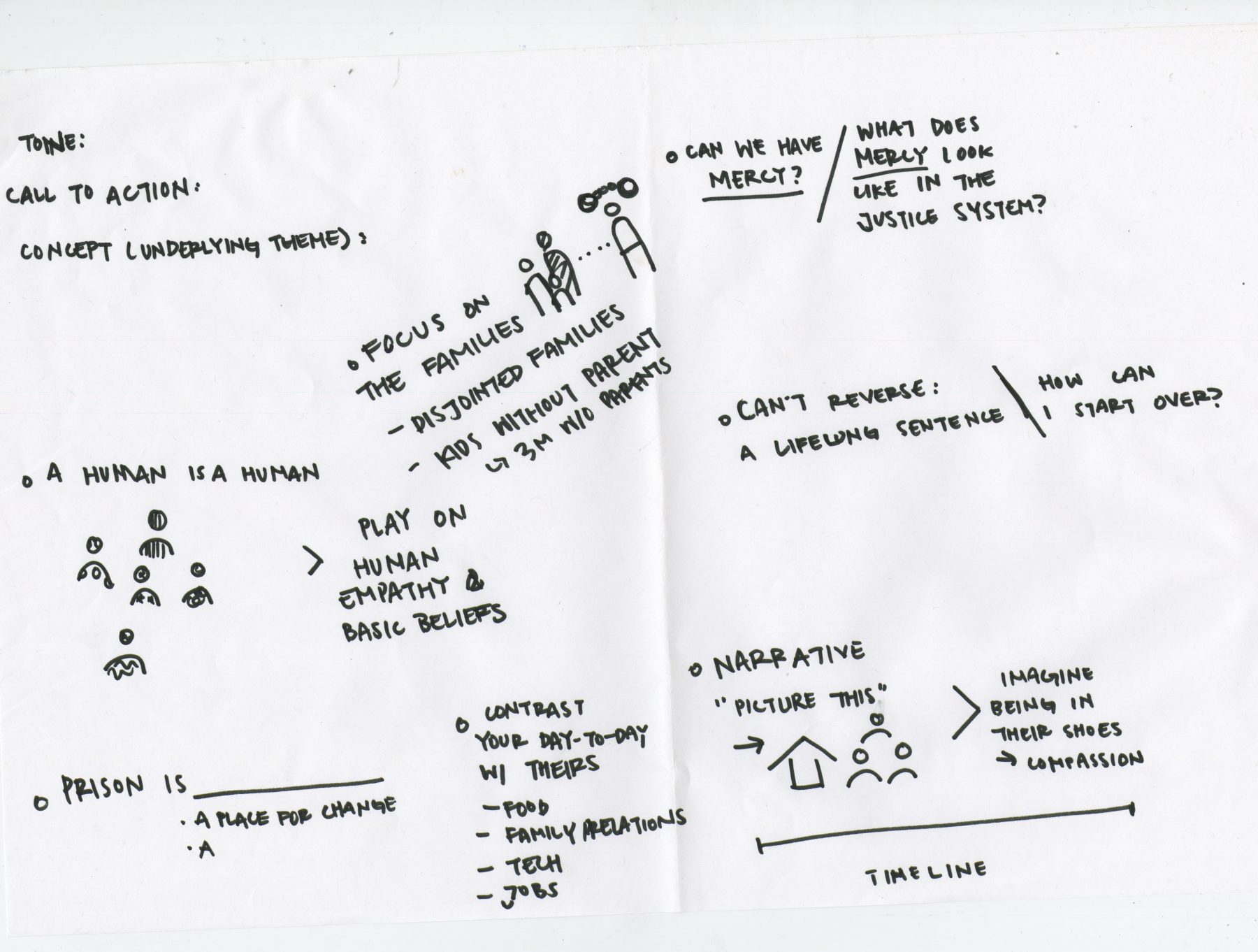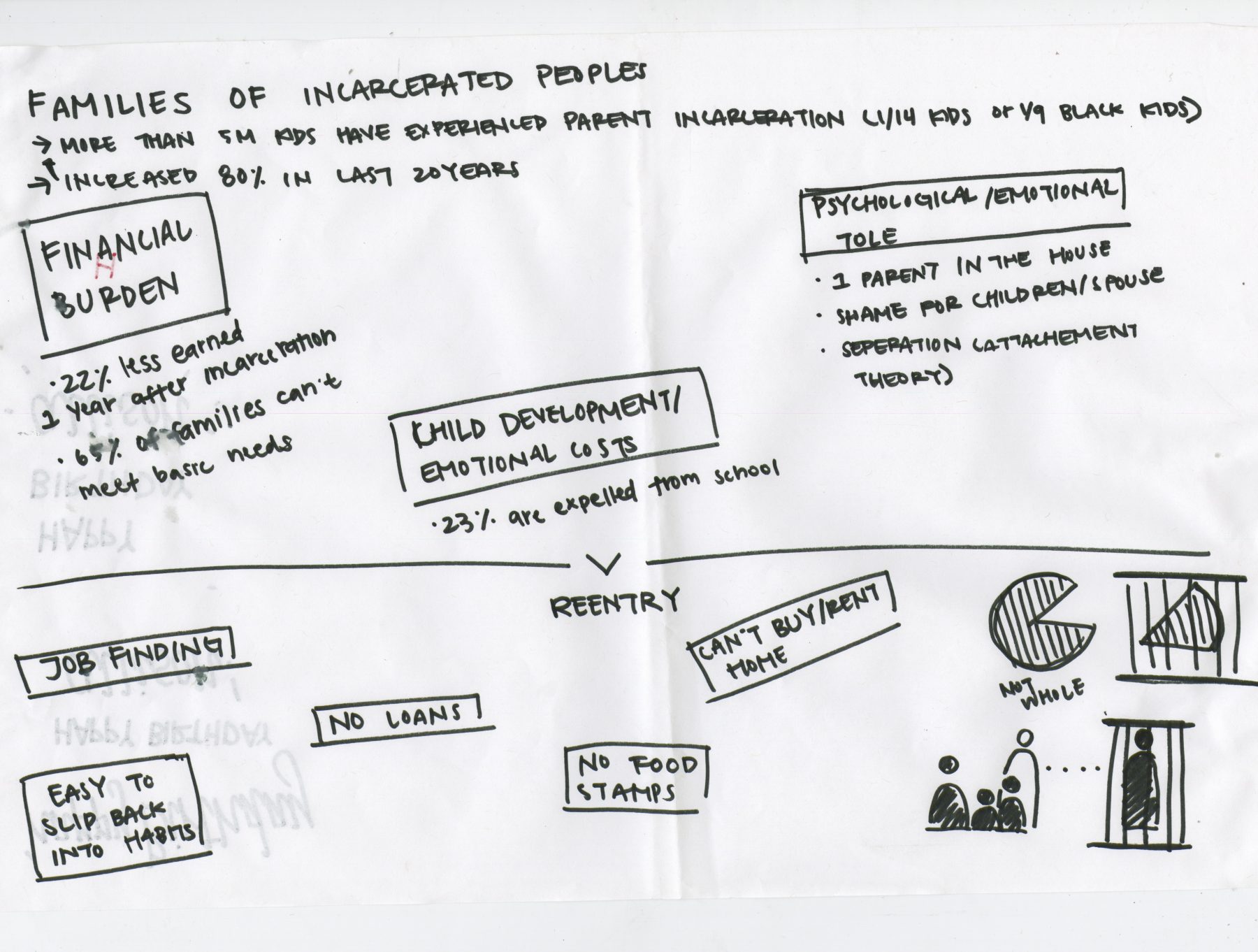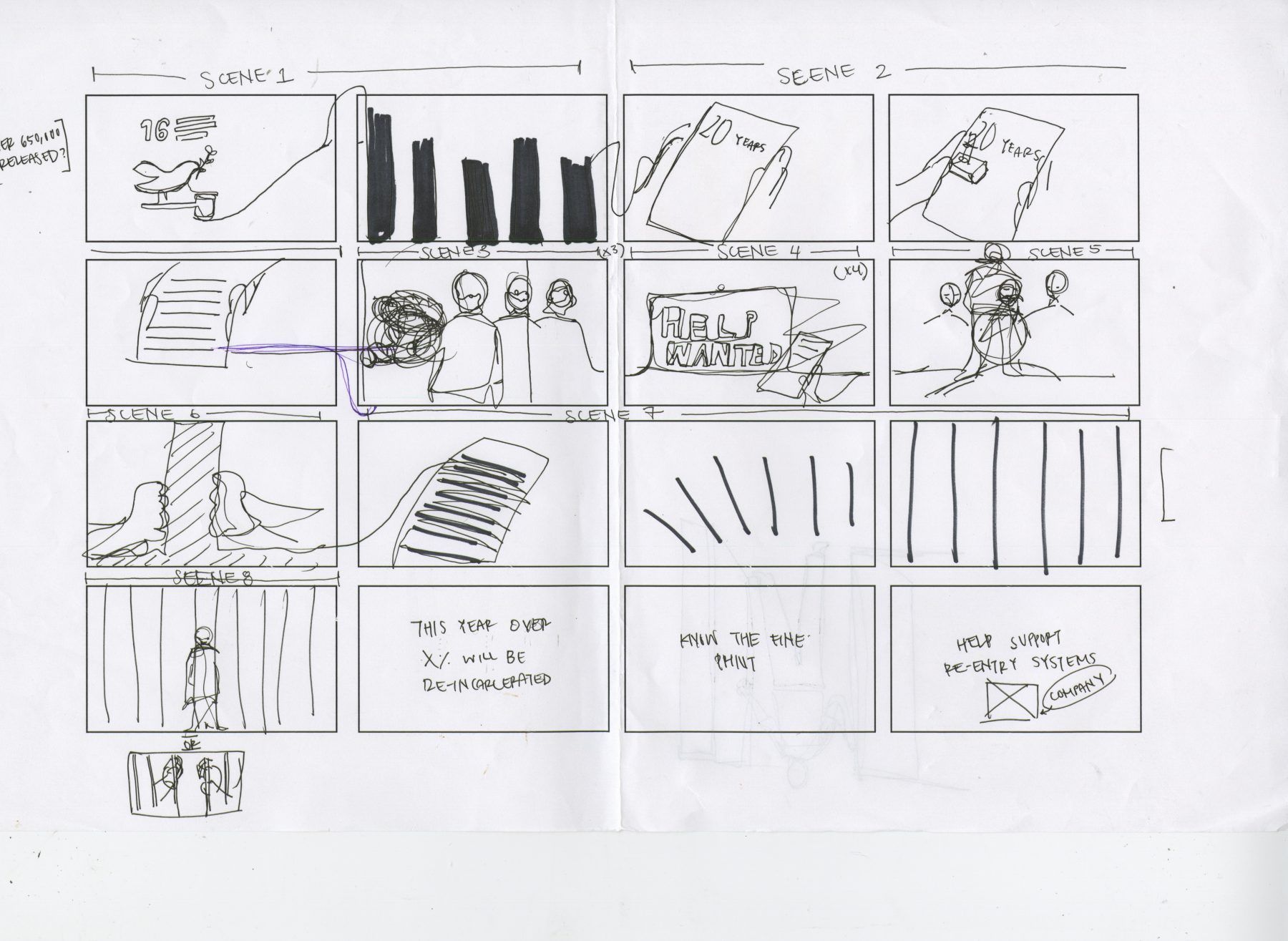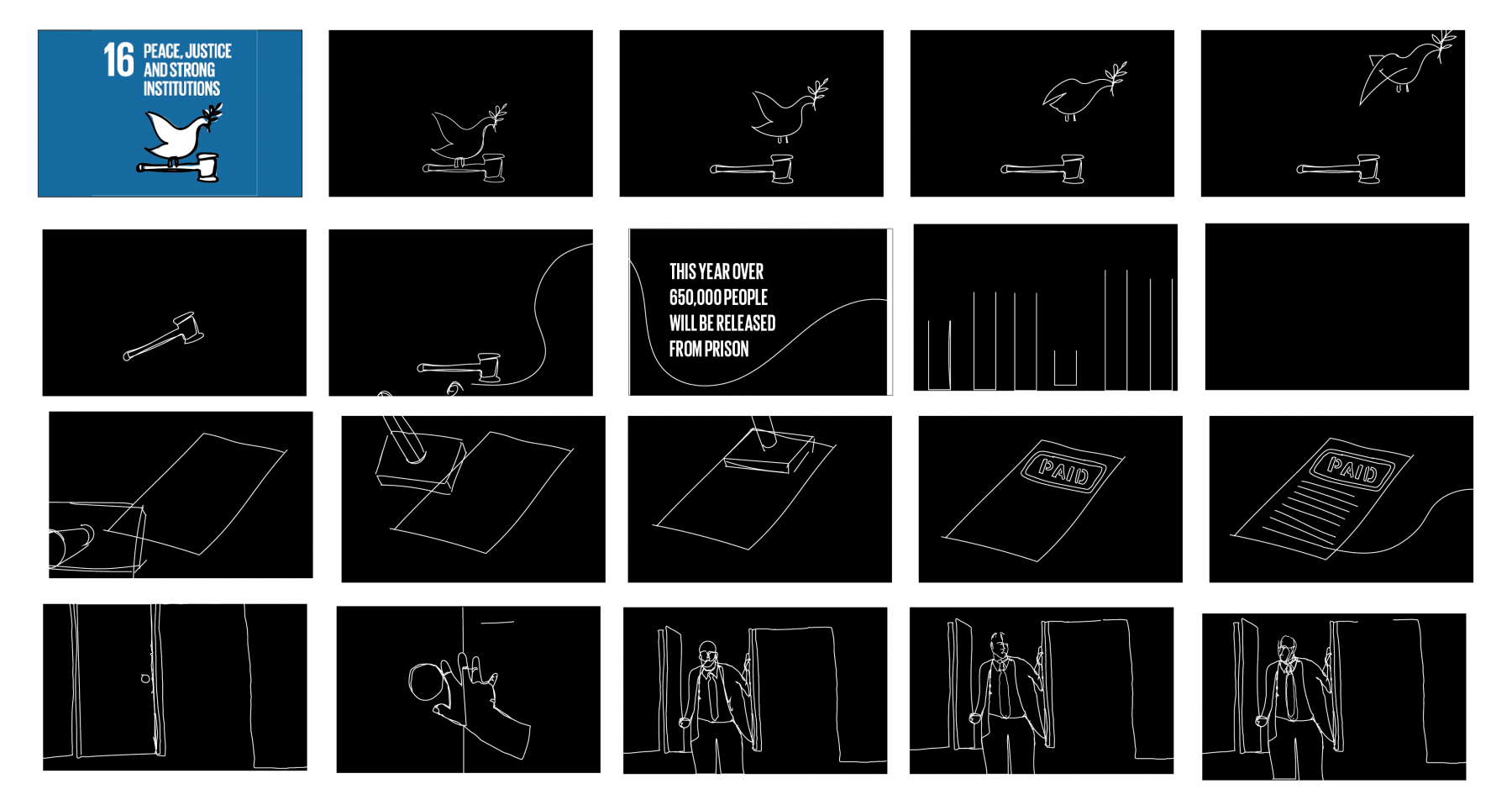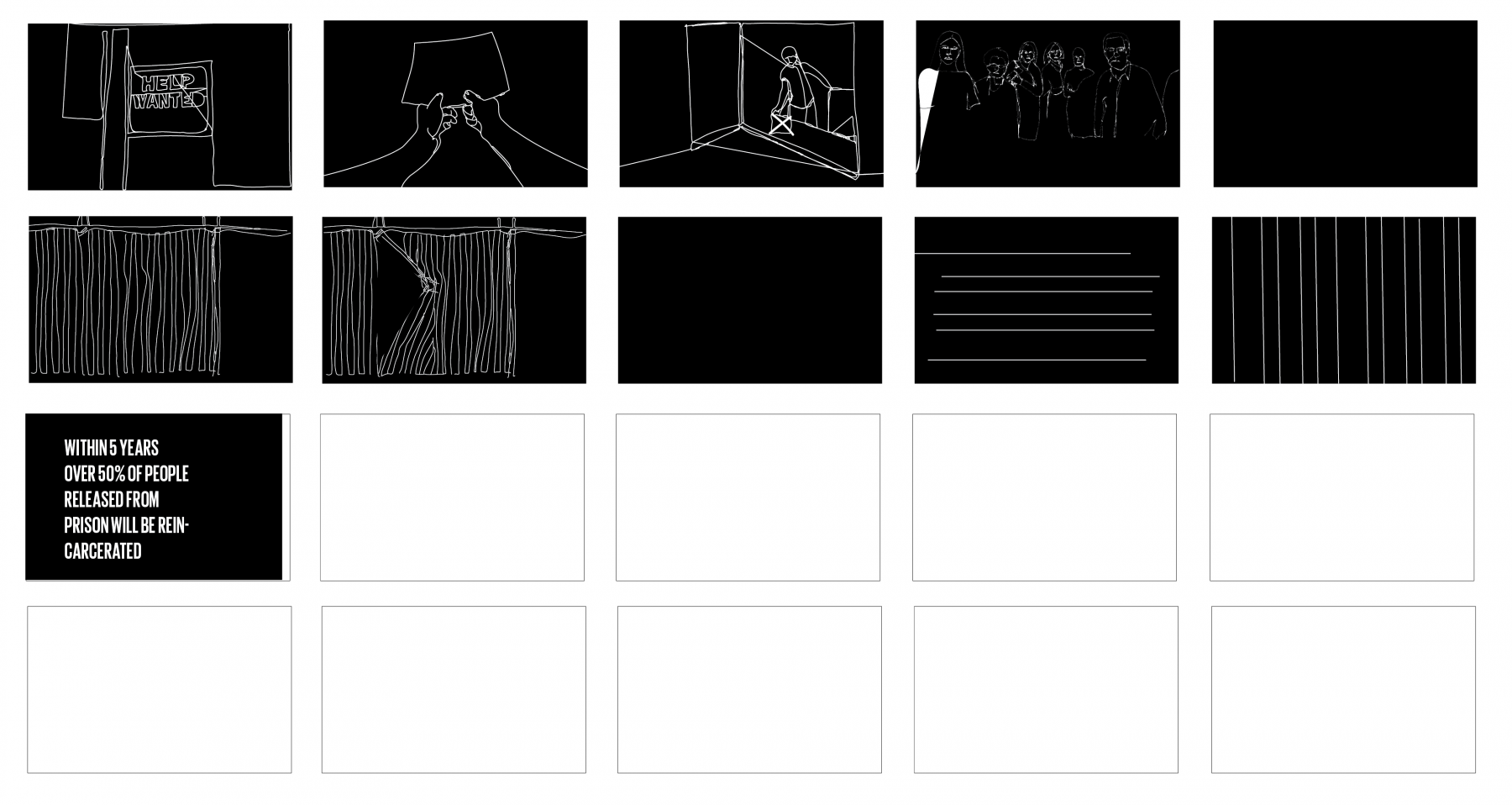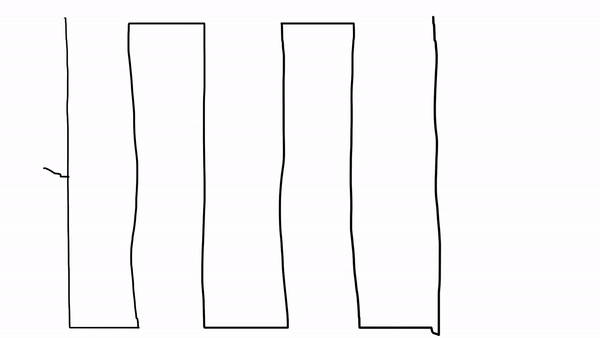This project was centered around the UN’s Sustainable Development Goals that were created in 2015 to “transform our world.” The 16 goals outlined by the UN cover a multitude of issues that our world faces including climate change, poverty, gender equality, quality education, and justice institutions. Given the ability to choose any topic to focus in on, I decided to dig deeper into the issue of the justice system in the United States and certain inequalities that people face in that system. During my research I looked into many different issues pertaining to the justice system such as racial inequality, mass incarceration, mandatory minimums and sentencing, and protecting family units affected by the justice system. However, the single topic I was most interested in while researching and getting to know the justice system was re-entry into society for ex-convicts. Re-entry is a largely hidden social issue in the United States and is not often discussed in the public space. This issue is all about enabling those who have been previously incarcerated re-integrate into society. Getting jobs, housing, and proper rehabilitation is key to helping those people stay out of prison and stop the all-too-familiar cycle of re-incarceration in the United States.
During the making of this video my goal was to bring my audience to a full realization of what re-entry is, and how it is failing so many in the United States. I wanted to impart on my audience a sense of responsibility to reverse the discrimination and lack of care shown to ex-convicts. Many people who have no connection to the justice system are ambivalent to the many barriers that stop ex-convicts from fully reentering society.
Creating a Concept
One of my biggest challenges in this project was coming up with a cohesive concept. It took research and thought to come up with a concept that would tie all of the key examples of re-entry as well as the audio footage together into one story. During this stage I began by finding common themes in my research, then brainstorming possible metaphors to better convey those recurring themes. In the end, I came up with the concept of creating a metaphor between an ex-convicts experience with re-entry and the hidden costs of a bill; even after these ex-convicts have paid their debt to society through year served incarcerated, they continue to face hidden costs through the challenges of re-entering society. This concept also guided the form of the animation used as well as the script that created that tie between the visuals shown and the audio heard.
Visual Storytelling
With my concept, I began to test out different animation and motion visuals to complement the concept around the hidden costs of re-entry. Beginning with the idea of using lines to highlight images and elude to the “fine print” of a bill, the visual style began to emerge. The use of stories through found audio footage of ex-convicts who have personally faced the harsh reality of re-entry also added to the story telling to give a “realer” sense of the issue. Working with the audio footage I gathered through research, I decided to choose a visual approach to the video that would create images out of the audible stories being presented. I used the method of rotoscoping to create line animations of four distinct scenes/examples of how re-entry has failed so many ex-convicts in the United States.


